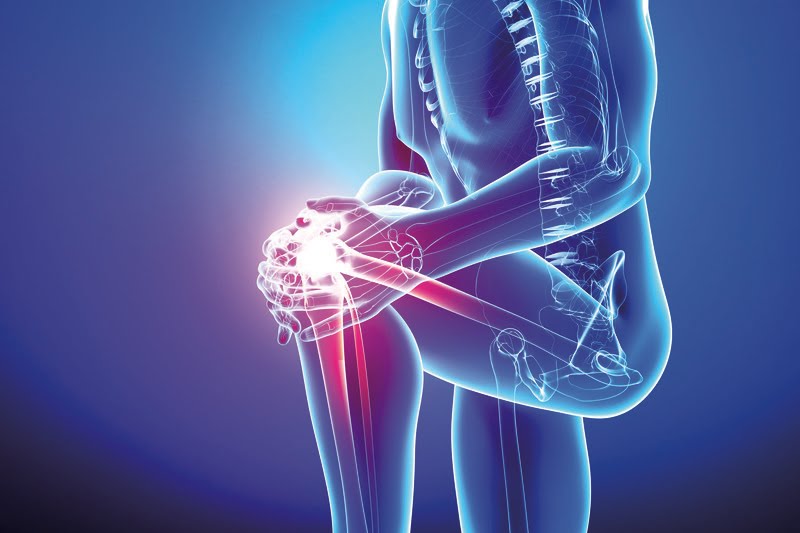The knee is an important joint complex. The articulation between the tibia and the femur, in particular, is subjected to considerable forces even when we perform routine activities, such as standing and walking.
For this reason, its stability (or the ability of the joint surfaces to remain perfectly aligned) is essential.
What is the anterior cruciate ligament?
The cruciate ligaments are four in number (two anterior cruciate ligaments, and two posterior) and to keep the tibia and fibula permanently connected to each other.
The anterior cruciate ligament prevents the tibia from sliding forward with respect to the femur, while the posterior tibia prevents the tibia from moving posteriorly.
The cruciate ligaments are very robust and hardly damaged without reason; for some reason, the two posterior cruciate ligaments are usually thicker and therefore much less prone to injury, while the anterior ones are damaged and break more easily.
Among the most frequent causes of this type of injury are traumas caused by falls and sprains or by rapid changes of direction, typical for example of sports such as football and volleyball.
Road accidents can also obviously cause this type of accident.
Symptoms of rupture
The most common symptoms are:
• knee pain
• swelling
• feeling of instability
• difficulty performing certain movements
Sometimes the patient hears a typical noise, a kind of crack that may be indicative of the rupture.
Apart from the feeling of instability, which is permanent, the other symptoms can, however, also be mild and disappear in a relatively short time.
If the trauma is not particularly severe and does not damage the surrounding anatomical structures, it is possible that, by applying ice and taking anti-inflammatory medications, the patient can walk quite normally within a dozen days and not notices the damage.
Diagnosis
The advice of a qualified specialist in these cases is very important because he will be able to make an accurate diagnosis through some physical tests that take place during the visit, such as the Lachman test.
The diagnosis will then be confirmed through magnetic resonance imaging, which allows the surgeon to assess the damage also suffered by tendons and cartilage, and x-ray, to be carried out if a bone lesion is suspected. The best orthopedic surgeon in Chennai is Dr. Uma Chandran S. He practices at Apollo Hospitals, Chennai. ACL reconstruction cost in India starts from USD 3200.
Conservative treatment
When the specialist believes that the damage is partial and can be resolved without the aid of reconstructive surgery, or when he thinks that the patient's needs are limited and his chances of recovery are not sufficient to take advantage of the use of surgery, he will propose a conservative treatment.
Surgical treatment
In most cases where an anterior cruciate ligament is diagnosed, the most efficient solution is to have reconstructive surgery.
The techniques currently used have a very high success rate.
The most common is to use autograft, a part of a tendon taken from elsewhere, through a small incision: usually, it is the patellar tendon or the gracilis tendon, but different solutions can also be adopted.
Alternatively, it is possible to use a cadaver tendon transplant; however, this solution has the disadvantage of a higher possibility of post-surgery complications.
If possible, the minimally invasive arthroscopic mode is usually preferred, which accelerates recovery time and leaves less noticeable scars on the knee.
Whatever the option is chosen, the surgical procedure involves five phases:
· removal of debris from the damaged ligament
· the preparation of the housing of the new ligament
· the construction of bone tunnels in the femur and tibia for the insertion of the ligament
· insertion into the joint
· fixation of the transplanted ligament
Post-operative recovery
In this phase, it is essential that the patient follows the medical team's indications regarding rehabilitation with commitment and diligence, to maximize the result and avoid, as far as possible, relapses and other complications.
It is possible to resume a light physical training regimen after about 60 days from the operation.






